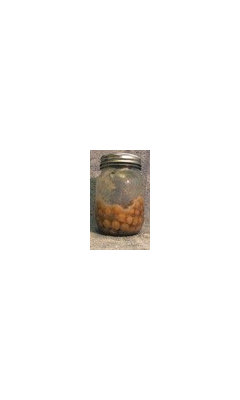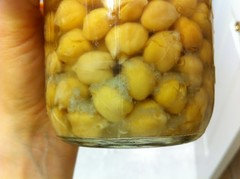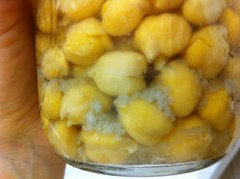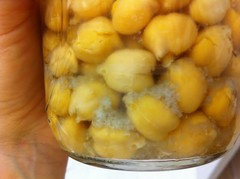Help - pressure canned chickpeas all moldy!
lilymama
12 years ago
Featured Answer
Sort by:Oldest
Comments (23)
digdirt2
12 years agomorz8 - Washington Coast
12 years agoRelated Professionals
Accokeek Landscape Architects & Landscape Designers · Edmond Landscape Contractors · Americus Landscape Contractors · Brandon Landscape Contractors · Davidson Landscape Contractors · Fairfield Landscape Contractors · Fort Worth Landscape Contractors · Mashpee Landscape Contractors · Middle River Landscape Contractors · Norristown Landscape Contractors · Palatine Landscape Contractors · Pompano Beach Landscape Contractors · West Chester Landscape Contractors · Golden Valley Landscape Contractors · Fort Lee Roofing & Guttersreadinglady
12 years agoJohn__ShowMe__USA
12 years agoreadinglady
12 years agolilymama
12 years agolilymama
12 years agobejay9_10
12 years agolilymama
12 years agoLinda_Lou
12 years agomorz8 - Washington Coast
12 years agodigdirt2
12 years agoreadinglady
12 years agoLinda_Lou
12 years agodigdirt2
12 years agoreadinglady
12 years agoLinda_Lou
12 years agolilymama
12 years agoSristi
12 years agoashleybakes
12 years agoreadinglady
12 years agoHU-549266878
3 years ago
Related Stories

MOST POPULAR9 Real Ways You Can Help After a House Fire
Suggestions from someone who lost her home to fire — and experienced the staggering generosity of community
Full Story
STANDARD MEASUREMENTSThe Right Dimensions for Your Porch
Depth, width, proportion and detailing all contribute to the comfort and functionality of this transitional space
Full Story
WORKING WITH PROS5 Steps to Help You Hire the Right Contractor
Don't take chances on this all-important team member. Find the best general contractor for your remodel or new build by heeding this advice
Full Story
LIFEDecluttering — How to Get the Help You Need
Don't worry if you can't shed stuff and organize alone; help is at your disposal
Full Story
BATHROOM WORKBOOKStandard Fixture Dimensions and Measurements for a Primary Bath
Create a luxe bathroom that functions well with these key measurements and layout tips
Full Story
HOME TECHGadgets Help You Watch Your Health at Home
See the crop of new devices that can monitor your body's vital signs and environment for health, fitness and fun
Full Story
HOUSEKEEPINGCan-Do Cleaning Strategies for Busy People
While you dream of having a maid (to go with the cook and chauffer), this simplified cleaning routine can keep your real-world home tidy
Full Story
REMODELING GUIDESWisdom to Help Your Relationship Survive a Remodel
Spend less time patching up partnerships and more time spackling and sanding with this insight from a Houzz remodeling survey
Full Story
SELLING YOUR HOUSEHelp for Selling Your Home Faster — and Maybe for More
Prep your home properly before you put it on the market. Learn what tasks are worth the money and the best pros for the jobs
Full Story
SELLING YOUR HOUSE10 Low-Cost Tweaks to Help Your Home Sell
Put these inexpensive but invaluable fixes on your to-do list before you put your home on the market
Full StoryMore Discussions










annie1992